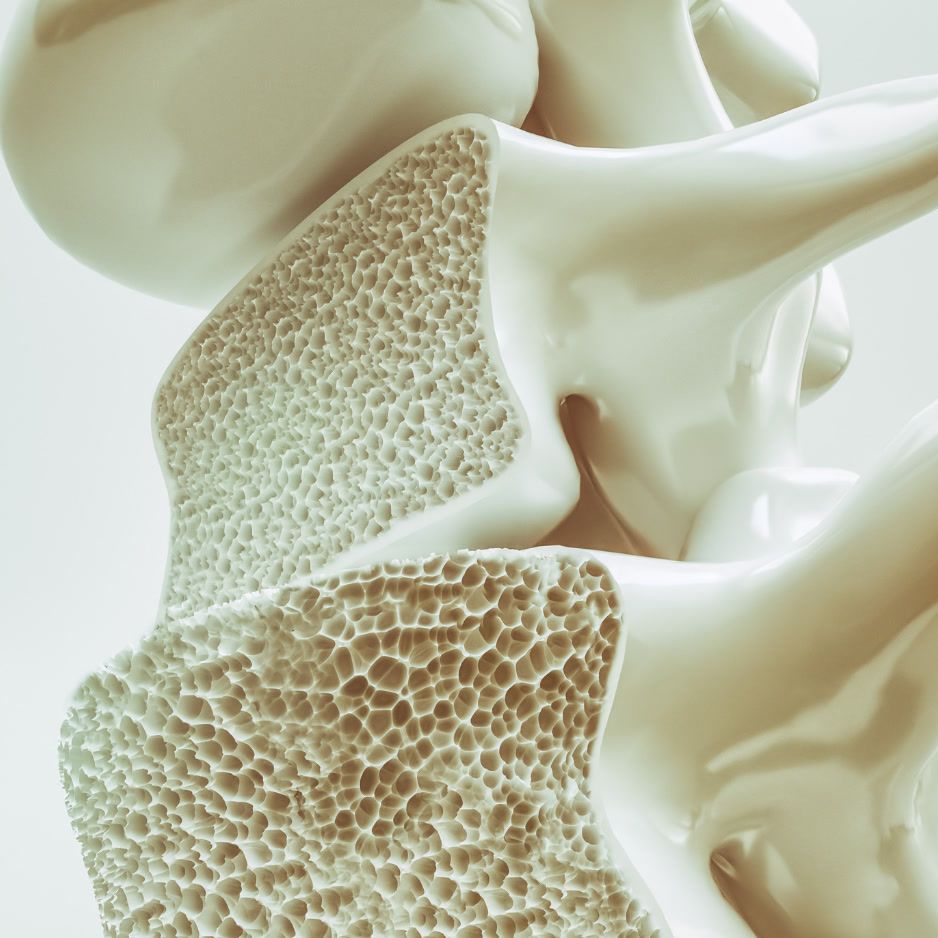Apple-Shaped Body Blueprint: Health and Fitness Tips

Apple-Shaped Body Blueprint: Health, Fitness, and Nutrition Tips
If most of your weight settles around your waist, you have what’s commonly called an “apple” body shape. What does that mean for your health—and how can you manage it effectively? Drawing on BodySpec’s expertise in body composition analysis, this guide offers practical workout and nutrition strategies to help you optimize body composition and overall well-being.
Before we get started, a quick science primer: Fat that accumulates around the abdomen is termed android fat, whereas fat that settles on the hips and thighs is called gynoid fat. You’ll see these terms again throughout the guide as we explore how fat distribution influences risk and results.
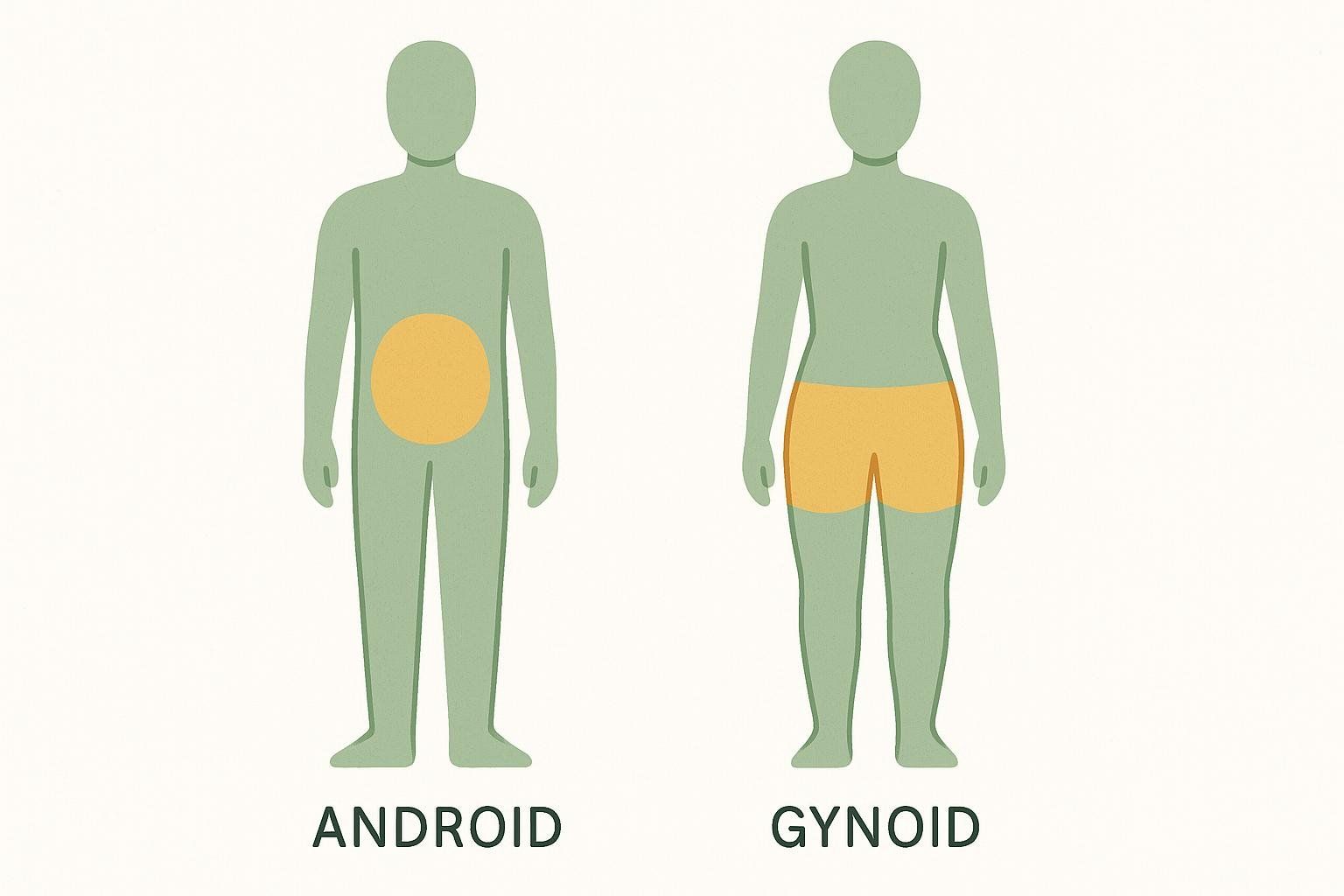
At a Glance
| Key Takeaway | Why It Matters |
|---|---|
| Apple shapes store more android (central) fat around the midsection and less gynoid (lower-body) fat in the hips and thighs. | The android pattern often entails a greater amount of visceral fat—the fat stored deep around internal organs—which is directly linked to elevated health risks. |
| A quick tape-measure test—your waist-to-hip ratio (WHR)—helps assess fat-distribution patterns linked to an apple shape. | WHR is a validated marker of abdominal obesity; values above 0.85 for women or 0.90 for men signal increased cardiometabolic risk (WHO guidelines). |
| DEXA scans provide your android/gynoid (A/G) ratio, pinpointing how much fat sits above (android) versus below (gynoid) your waistline. | A rising A/G ratio is a strong predictor of metabolic risk—tracking it over time shows whether your central-fat-reduction plan is working. |
| Resistance training (including core work) plus interval cardio efficiently trims central fat. | Meta-analyses show both HIIT and resistance training can significantly reduce visceral fat while preserving lean mass (JAMA Network Open 2019; Sports Med 2022). |
| Fiber-rich meals and adequate protein support satiety and muscle maintenance. | Nutrition tweaks amplify your training results and help keep blood sugar in check. |
1. Do You Really Have an Apple-Shaped Body?
Measure, Don’t Guess
Grab a flexible tape:
- Waist: Wrap the tape at your natural waist (usually just above the navel). Exhale normally before reading.
- Hips: Measure the fullest part of your hips and glutes.
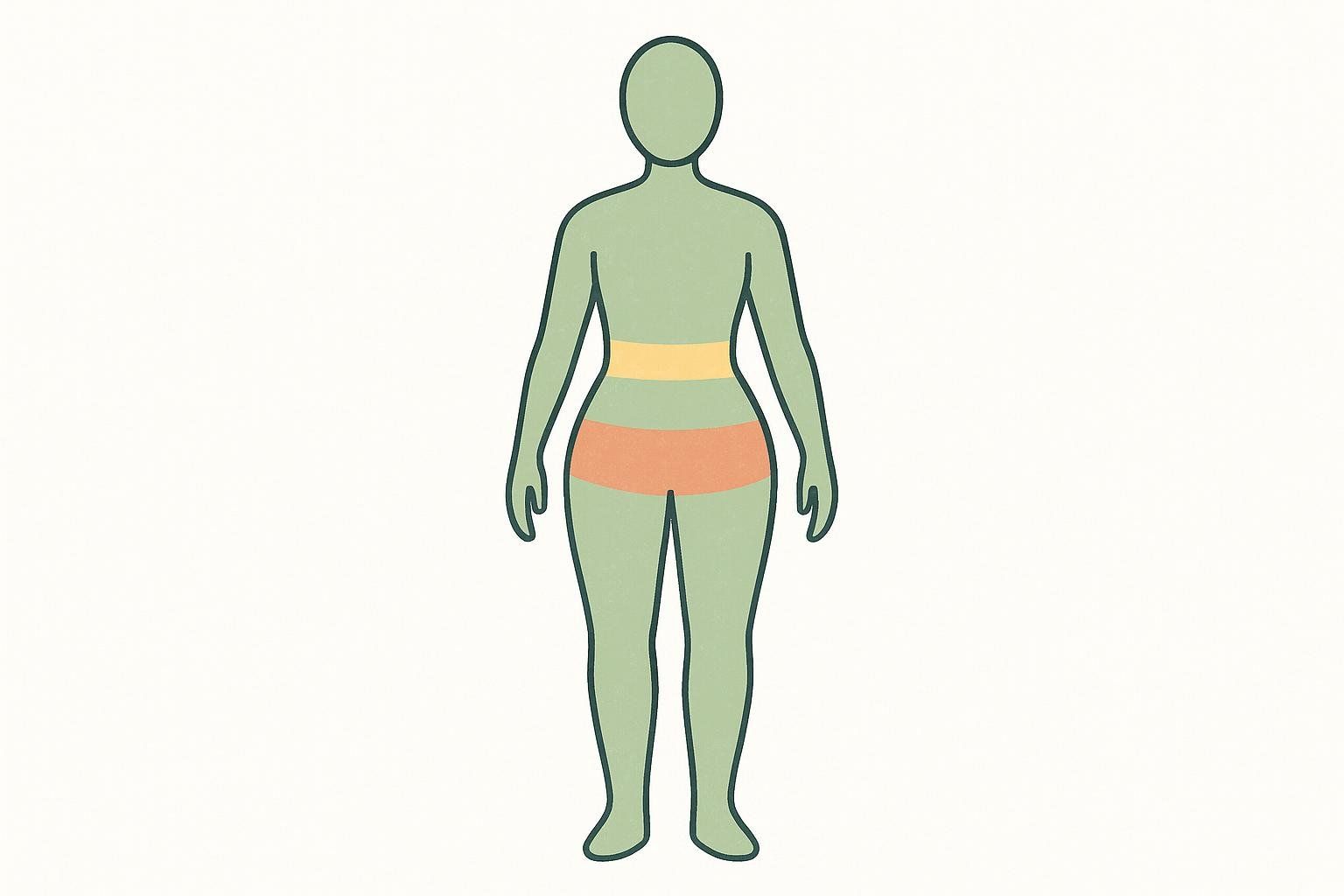
Waist-to-Hip Ratio (WHR) = Waist ÷ Hips
A WHR above the WHO cutoff (0.85 for women, 0.90 for men) indicates a central-fat pattern and higher cardiometabolic risk. A longitudinal study in premenopausal women also linked WHR > 0.80 to multiple cardiovascular risk factors (Journal of the American Dietetic Association).
The DEXA Advantage
While WHR is handy, it doesn’t reveal how much fat surrounds your organs. To get precise data on your body composition—including the visceral-fat volumes common in apple shapes—schedule a BodySpec DEXA scan. In one 10-minute appointment you’ll receive visceral-fat grams, an android/gynoid ratio, and a full lean-mass breakdown.
Deeper dive: Apples, Pears, and You: The Skinny on Fat Location
2. Why an Apple-Shaped Body Matters for Health
Carrying weight centrally is more than a style concern—it’s a metabolic red flag.
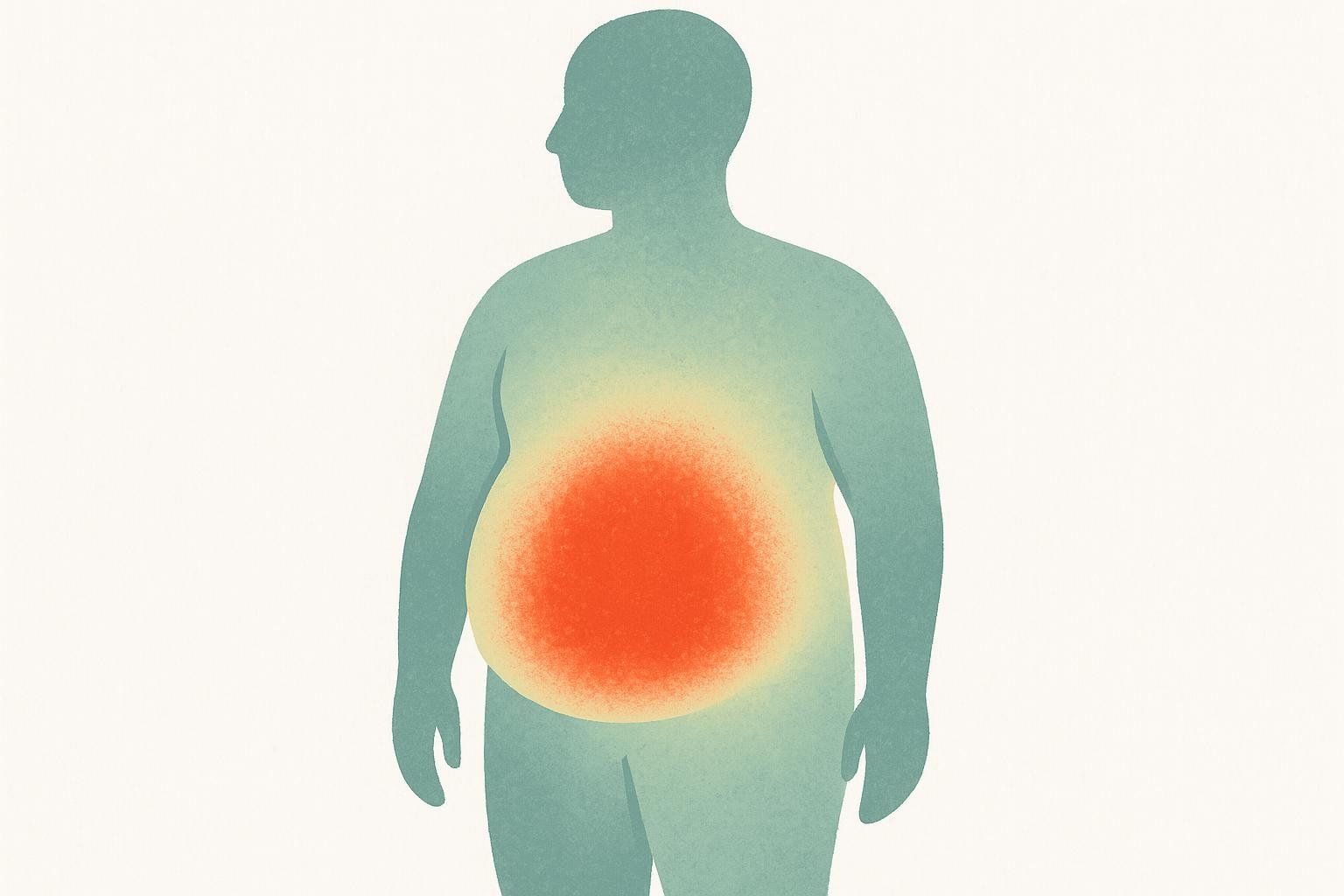
| Health Risk | What Research Shows |
|---|---|
| Type 2 Diabetes | People with higher WHR have up to 3× greater diabetes risk—even when BMI is “normal” (Obesity Science & Practice). |
| Heart Disease | WHR was an 18 % stronger predictor of heart-attack risk than BMI in women in a cohort of ~500,000 adults (University of Oxford). |
| High Blood Pressure | Visceral fat secretes adipokines that stiffen arteries and raise BP (Hypertension). |
| Sleep Apnea & GERD | Abdominal fat increases intra-abdominal pressure, affecting airway patency and reflux risk (Sleep; Gut). |
The good news? Visceral fat is highly responsive to lifestyle change. A 2017 review in Nutrients showed diet and exercise programs consistently reduced visceral fat, often more than subcutaneous fat—even when total weight loss was modest (Nutrients).
For step-by-step reduction strategies, see How to Lose Visceral Fat.
3. Fitness Game Plan for an Apple-Shaped Body
3.1 Core Stability & Posture (3 × week)
| Exercise | Sets × Reps | Why It Matters |
|---|---|---|
| Dead Bug | 3 × 12 | Teaches abdominal control without spinal load. |
| Pallof Press | 3 × 10 each side | Anti-rotation move that trains deep core muscles. |
| Low-Cable Wood Chop | 3 × 12 | Integrates hips and obliques for real-world movement. |
3.2 Metabolism-Boosting Cardio (2–3 × week)
- HIIT protocol: 30-second sprint / 60-second walk, repeat 10 rounds.
- Low-impact alternatives: rowing, cycling, or uphill power walking.
A 2019 review found HIIT and moderate-intensity cardio produced comparable visceral-fat reductions, yet HIIT required about 40 % less exercise time (JAMA Network Open).
3.3 Strength Training for Lean Mass & Metabolic Health (2 × week)
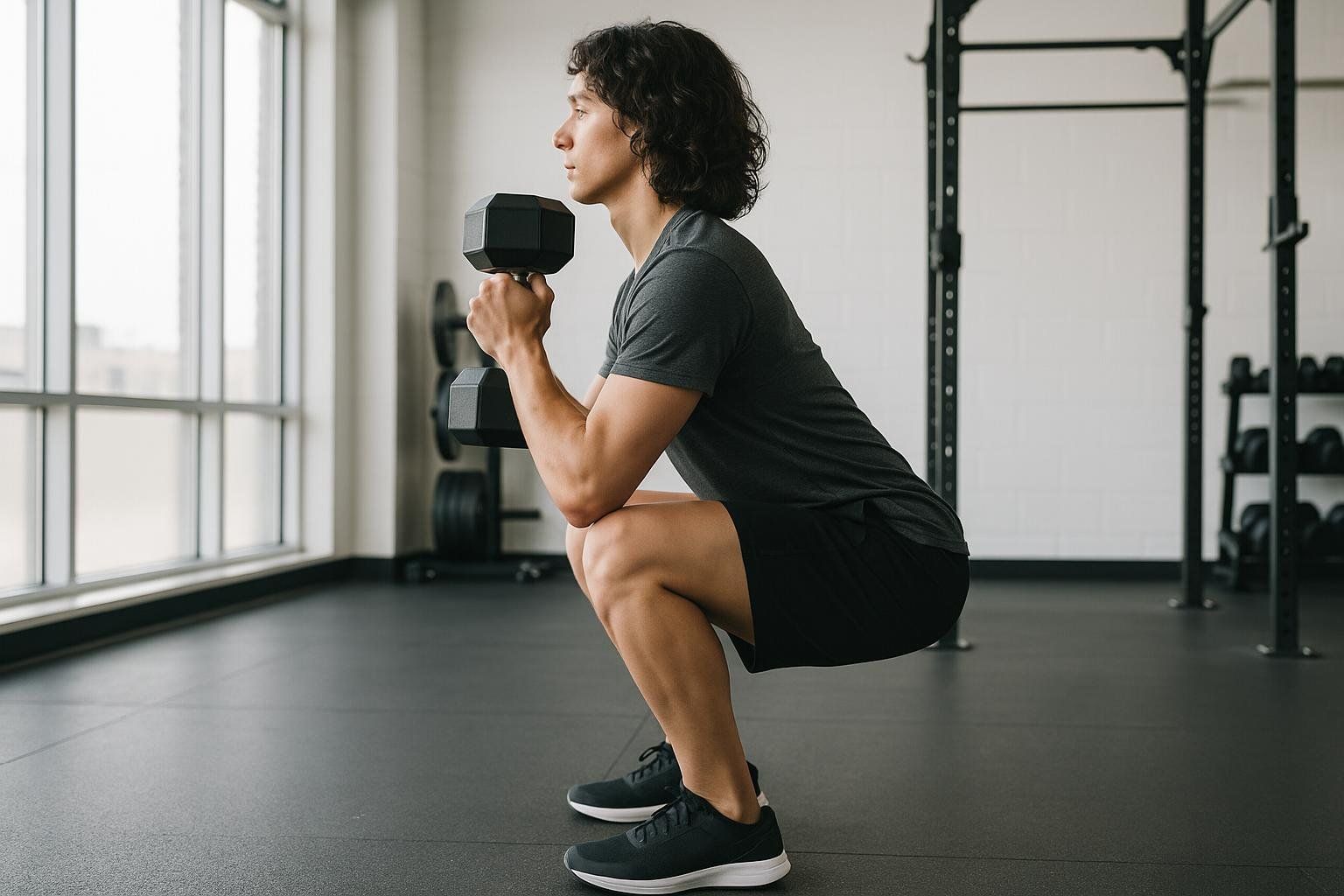
| Exercise | Sets × Reps |
|---|---|
| Goblet Squat | 4 × 8 |
| Romanian Deadlift | 4 × 8 |
| Incline Dumbbell Press | 3 × 10 |
| Seated Row | 3 × 10 |
| Walking Lunges | 2 × 20 steps |
Resistance training alone can reduce visceral fat while preserving lean mass, according to a 2022 systematic review (Sports Med).
4. Nutrition Essentials for Central Fat Management
To support your fitness efforts and effectively target central fat, incorporate these key nutrition strategies into your daily routine:

- Fill half your plate with non-starchy veggies. Fiber slows glucose spikes and promotes fullness.
- Aim for 25–30 g protein per meal. Supports lean mass—critical when you’re in a calorie deficit.
- Prioritize whole grains. For example, an 8-week crossover trial showed that a rye-based diet reduced body weight and inflammatory markers in postmenopausal women with metabolic syndrome (Gut).
- Mind added sugars and liquid calories. Sugary drinks drive hepatic fat production (AJCN).
- Hydrate. Dehydration can masquerade as hunger and impair metabolic function.

Need personalized macros? A BodySpec scan estimates your resting metabolic rate (RMR) so you can tailor calories precisely.
5. Tracking Progress: Beyond the Mirror
| Method | Frequency | What to Watch |
|---|---|---|
| DEXA Scan | Every 3–6 months | Visceral-fat grams, android/gynoid ratio, lean mass. |
| Waist Measurement | Monthly | Aim for ~1-inch reduction over 8–12 weeks. |
| Progress Photos | Monthly | Same lighting & posture to see silhouette shifts. |
| Energy & Mood Logs | Weekly | Consistent sleep and fewer afternoon crashes signal metabolic improvements. |

6. Apple-Shaped Body FAQs
Is being apple-shaped genetic?
Partly. Hormones and inherited fat-storage patterns play a role, but lifestyle choices can influence gene expression over time (NIH).
Will endless crunches flatten my stomach?
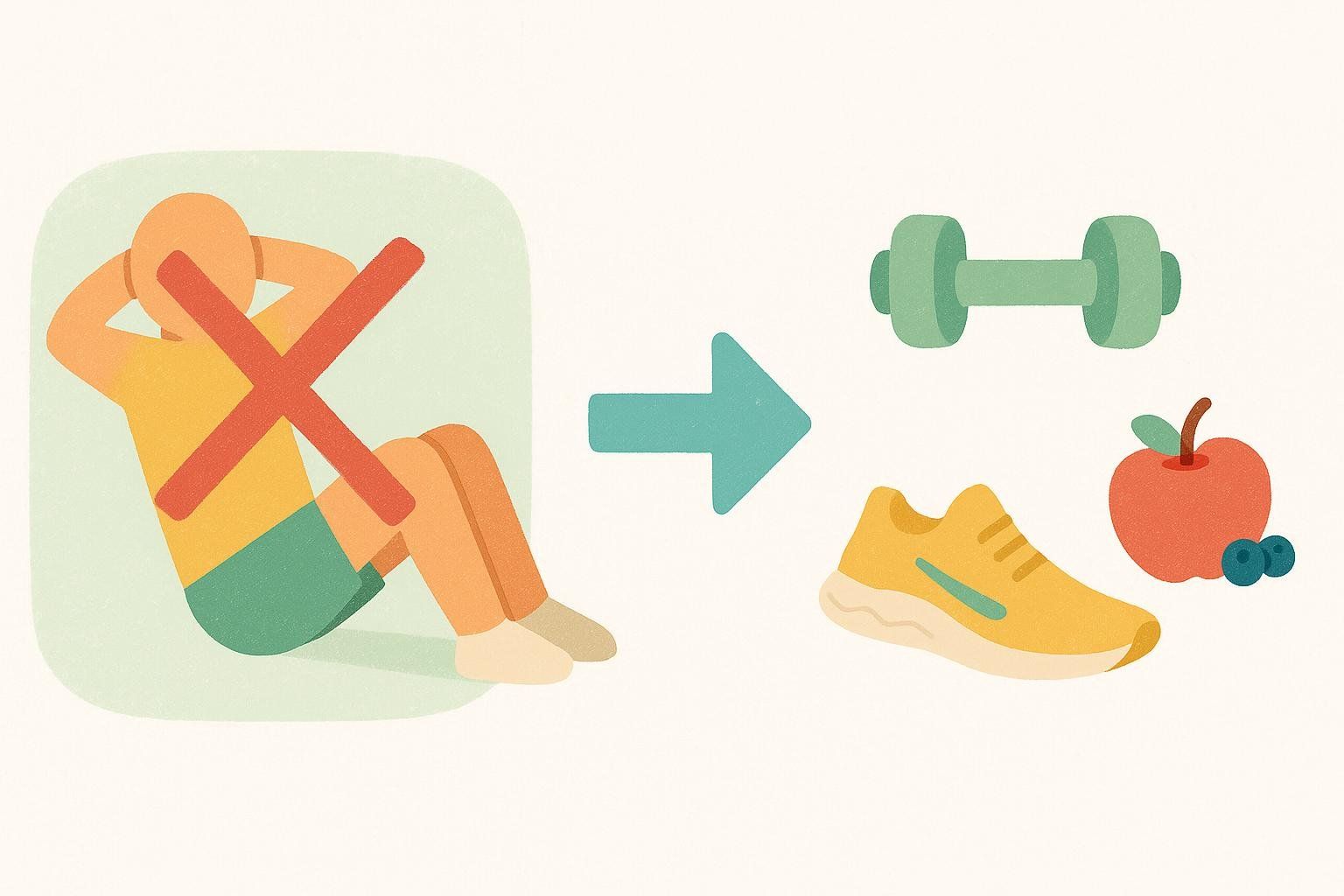
Spot reduction is a myth. Focus on total-body strength, HIIT, and nutrition for overall fat loss.
Do waist trainers help?
They only compress temporarily and may weaken core muscles with prolonged use (WebMD). Invest in posture-focused exercises instead.
Can men be apple-shaped?
Yes. Low testosterone and high cortisol can drive visceral fat gain in men (Low T review; Cortisol study).
Your Next Step: Scan, Plan, Succeed
Ready to act on these insights? Book a BodySpec DEXA scan today to measure visceral fat, get personalized calorie targets, and track progress with lab-grade precision. Your apple-shape blueprint starts with hard data—so you can celebrate every win with confidence.


